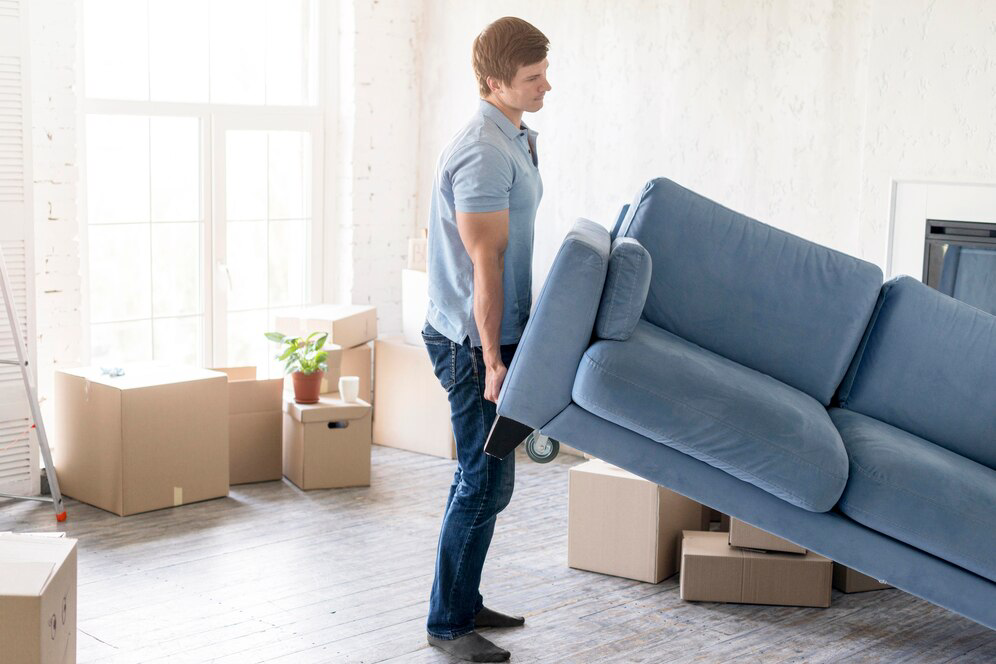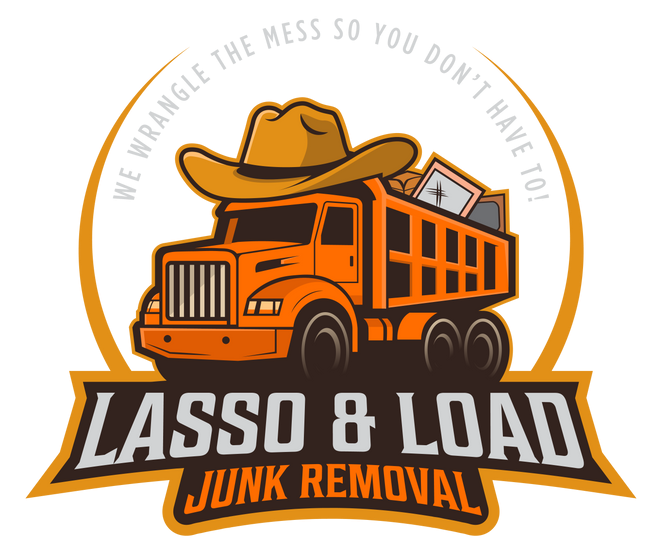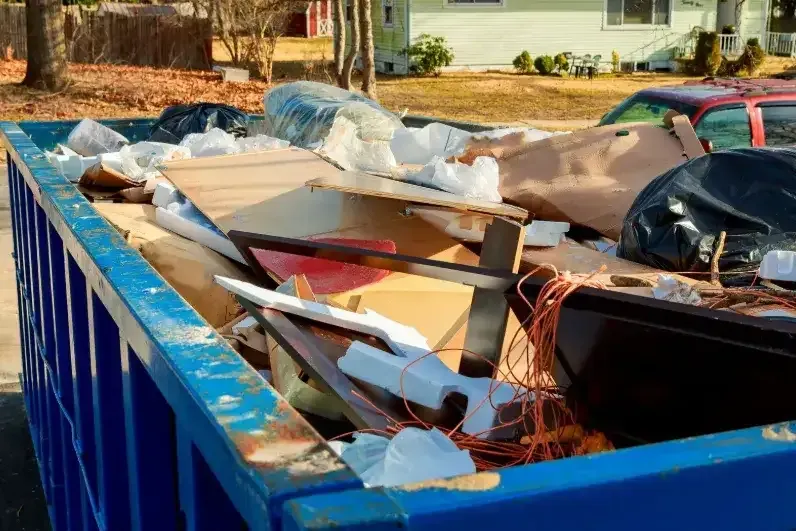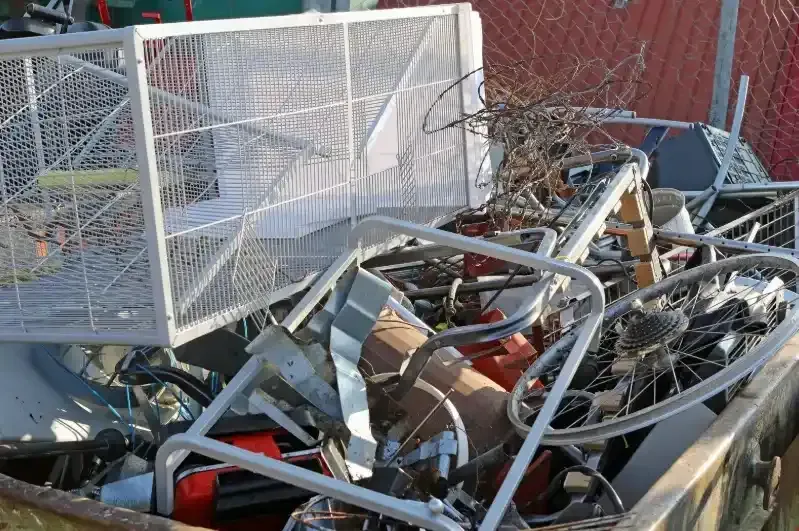The Best Practices for Safe and Efficient Furniture Removal
When it comes to furniture removal, safety and efficiency are paramount. Whether you're relocating, redecorating, or simply decluttering, the process of removing large furniture items can seem daunting. It requires careful planning, the right equipment, and a strategic approach to ensure that the job gets done smoothly without causing damage to your property, the furniture itself, or, more importantly, yourself. The good news is that there are established best practices that can make this process not only safer but also faster and more efficient.
Planning and Preparation: Laying the Foundation
Before diving into the actual heavy lifting, it’s crucial to lay the groundwork for a successful furniture removal. Start by taking a few moments to assess the space you're working with. This isn't just about looking at the furniture that needs to be removed, but also considering the pathway that the furniture will travel along. Begin by measuring the furniture and doorways. Ensure the pieces you're removing can actually fit through the available openings without causing any damage to walls, doors, or other structures. In tight spaces, you may need to disassemble larger items to facilitate smoother removal.
This includes removing legs from sofas or tables, as well as taking apart large shelves or cabinets. Taking these extra steps can save you time and energy, while also preventing unnecessary damage to both your furniture and your home. Next, clear the area around the furniture. This means moving any smaller items out of the way to create a clear path. Clutter can make the process more difficult and increase the chances of accidents.
Gather the Right Equipment: Tools for Success
When it comes to furniture removal, the right tools and equipment are essential for both safety and efficiency. One of the most important items in your toolbox is proper lifting straps. These straps allow you to distribute the weight of the furniture more evenly across your body, reducing strain on your back and making it easier to carry large or cumbersome items. Along with lifting straps, you may want to consider using moving dollies, which can assist in transporting heavier furniture with less physical strain. For larger pieces, like dressers or bookshelves, using furniture sliders can be a game changer.
Having the right gloves is another important consideration. A good pair of gloves provides a firm grip and reduces the risk of injury, especially when handling heavy, awkward pieces. Additionally, protective padding or blankets are necessary for protecting both your furniture and the walls of your home. These blankets help cushion the furniture during transport, ensuring that neither your property nor your items get damaged in the process.

Strategic Lifting: Protecting Yourself and Your Furniture
When it comes to lifting, the goal should always be to protect your body and your property. To prevent injury, never attempt to lift a piece of furniture on your own if it’s too large or heavy. Instead, recruit help or hire professionals who are trained in proper lifting techniques. Proper lifting techniques are essential for avoiding strain on your body. Start by bending your knees and using your legs to lift, rather than relying on your back. Keep the furniture close to your body to maintain control, and avoid twisting your torso while carrying the item.
If the piece is too large or awkward to lift in one go, consider moving it in stages or using moving equipment, such as dollies, to support the weight. When navigating tight spaces, move slowly and deliberately. Take your time and ensure you’re not rushing the process. Moving too quickly can lead to missteps or poor decisions that could cause damage to your home or the furniture. And don’t forget to communicate with your team—clear instructions and coordination are vital for a smooth and safe removal.
Handling Stairs and Elevation Changes: Extra Care Needed
One of the most challenging aspects of furniture removal is dealing with stairs. Whether you're moving furniture up or down a flight of stairs, extra care is needed. If you don’t have proper equipment like a stair climbing dolly, it’s best to recruit more help to manage the weight and balance of the furniture while maneuvering it around corners and over stairs. Always position your body to face the stairs and keep your weight centered. If the piece you're moving is particularly heavy or unwieldy, it may be safer to disassemble it partially.
Remember to keep safety in mind at all times. If at any point you feel uncomfortable or the task seems too challenging, it’s wise to consider professional help. Moving furniture can be physically taxing, and trying to handle it on your own might lead to injuries or damage to your home.
Disposal and Recycling: Environmentally Responsible Practices
Once you've successfully removed your furniture, the next step is deciding what to do with it. Many people choose to donate their gently used furniture, which is a fantastic way to reduce waste while helping others. Charitable organizations and thrift stores are always in need of donations, so consider reaching out to one before simply discarding the furniture.
However, not all furniture can be donated, especially if it’s broken or worn beyond repair. In this case, recycling or properly disposing of the items becomes important. Many furniture pieces, especially those with metal components, can be recycled at local recycling centers. For non-recyclable materials, contacting a junk removal service that prioritizes eco-friendly practices is the best course of action. These services ensure that as much of your unwanted furniture is recycled or disposed of responsibly, reducing the impact on landfills and minimizing your environmental footprint.
Hiring Professional Help: When to Call the Experts
While many of these steps can be carried out on your own, there are situations where hiring professional furniture removal experts can save you time and effort. Professionals bring a wealth of experience, tools, and techniques to the table, ensuring that the furniture removal is both safe and efficient. They are also familiar with local disposal and recycling regulations, ensuring that your unwanted furniture is properly taken care of.
When deciding whether to hire a professional, consider the size and weight of the furniture you're removing. If the pieces are large, bulky, or require specialized equipment to transport, it might be best to leave the job to the experts. Additionally, if you're dealing with stairs, narrow hallways, or other challenging spaces, professional movers have the knowledge and skill to navigate these obstacles without damaging your property.
Mastering the Art of Safe and Effective Furniture Removal for a Smooth Process
Furniture removal can be a daunting task, but with the right approach, it can be done efficiently and safely. To master the art of furniture removal, the key is preparation. Begin by measuring your furniture and doorways to ensure that large items can easily pass through. If needed, disassemble furniture pieces to make them more manageable. Clear the area around the furniture so that there’s enough space for smooth movement. Planning ahead is essential for avoiding obstacles that could slow down the process.
Using the right tools also plays a significant role in making the job safer and easier. Lift straps, dollies, and furniture sliders are indispensable for minimizing strain on your body and ensuring that no harm comes to your furniture or property. Additionally, having a team to help with heavy lifting is crucial. Proper communication between everyone involved ensures that the removal process goes smoothly, reducing the chance of accidents or damage.
Top Strategies for Safely Removing Large Furniture from Your Home
When it comes to removing large furniture from your home, safety should always be your top priority. To begin, assess the layout of your home and plan your route. Identify any potential obstacles, such as narrow hallways, stairs, or tight corners, that could make it harder to move the furniture. If necessary, disassemble large pieces of furniture to make them more manageable and reduce the risk of damage. Removing doors or furniture legs can also create more space to maneuver.
In addition to planning, you should always use the appropriate tools and techniques. Lifting straps are ideal for distributing the weight of the furniture and preventing injury. For larger pieces, a dolly can help transport the items with ease. If you’re working with stairs, extra caution is needed. Make sure to have enough people to assist, and use proper lifting techniques. If the task feels overwhelming, don’t hesitate to hire professional movers to ensure everything is handled safely.
Conclusion
Removing furniture from your home doesn’t have to be a stressful experience. With a little planning, the right tools, and proper lifting techniques, the task can be far easier than it initially appears. Start by assessing your space, clearing a safe path, and gathering the necessary equipment, like lifting straps, dollies, and furniture sliders. By taking your time and practicing safe lifting methods, such as using your legs instead of your back, you can protect yourself from injury and prevent damage to your property. If your furniture is particularly heavy or awkward to move, or if you're dealing with stairs and tight spaces, it might be worth considering professional assistance.
When the job feels too overwhelming or complex, professional furniture removal specialists bring the necessary expertise, equipment, and safety protocols to get the job done right. At Lasso & Load Junk Removal, we take pride in our eco-friendly disposal practices, fast response times, and our dedication to providing safe and efficient furniture removal services. Reach out to us today at 404-227-2017 or via email at Lauren.renwickk@gmail.com for all your furniture removal needs.









